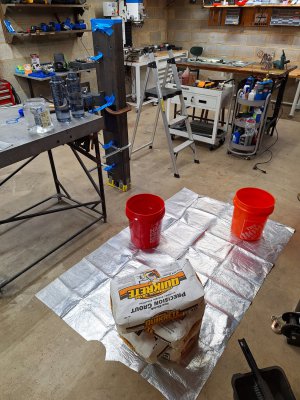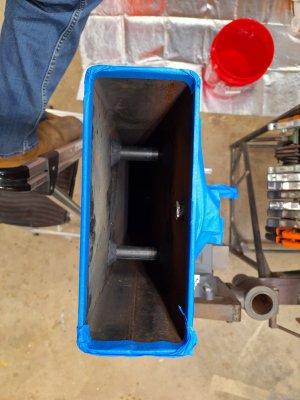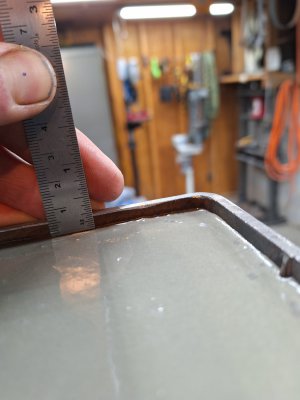- Joined
- May 3, 2020
- Messages
- 229
I would be concerned that you're going to great extents to build a rigid structure, but it appears that your torsional box beam sits on a wooden table top. Wood has the somewhat cantankerous tendency to expand and contract slightly with humidity with less than predictable uniformity. In most cases that really isn't an issue with the tolerances involved in typical manual hobby machining. But if you're going to the extent of building such a rigid structure under your lathe, I would want to consider how that expansion would effect your structure.
If the beam is stiff enough, there is no need to consider the table top. For example, the Hardinge design is a rigid body, with 3 mounting points. On much larger lathes, it is impractical to make the lathe bed stiff enough so there are 6, 8, or more feet, which then include the floor of the shop in the leveling process.
Whether it is stiff enough or not is a matter of calculation and measurement, not dead reckoning of the inexperienced. In any case, it won't be worse than simply bolting the lathe to a bench.





